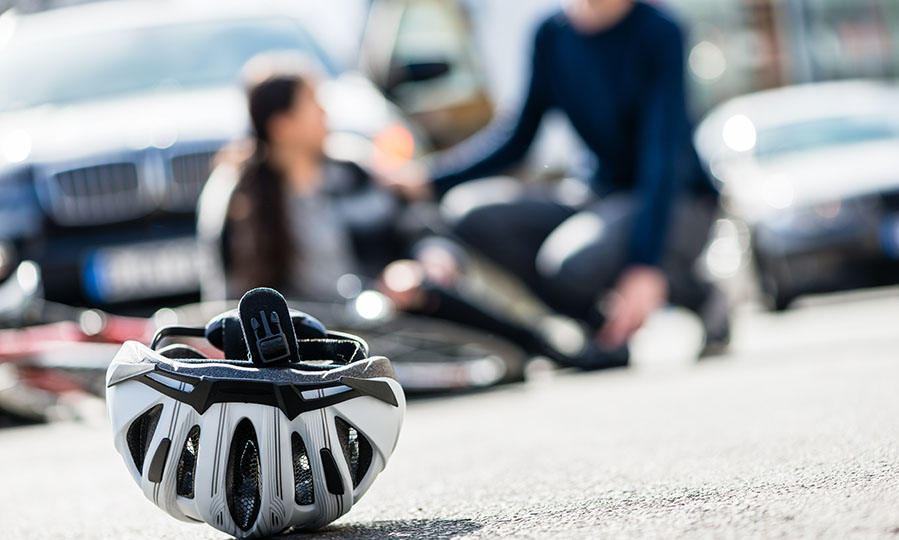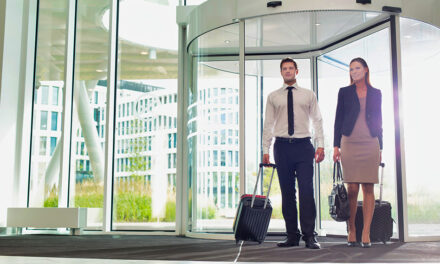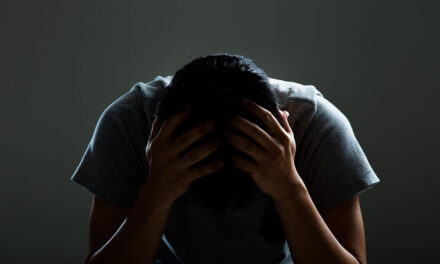James was cycling along a lane of vehicles caught in a traffic jam when one of the cars inadvertently pulled out from the rest and smacked right into his bike. He was hit with so much force that he flew off, a few yards from where the bike landed.
Luckily, the bike was alright, and James felt he was okay. Helped to his feet by the already-apologetic driver, he got up, brushed the dust off his gear and resumed riding again. But oblivious to him, he had been hit hard and had a few injuries.
“I didn’t bother to call the police“, he recalls.
After about a half a mile of riding, James felt intense pain all over his body. He stopped biking and sought the help of motorists passing-by so that he could be taken to the hospital. But as he later came to discover, the motorist was squarely to blame for the accident for it is against the law to turn left without following the due precautionary measures!
So, what should you do if find yourself in a bicycle accident that wasn’t your fault?
James’ case is a classic example of the situations that many cyclists find themselves in. They get hit and suffer mild or severe injuries only to be helped by someone who wasn’t at fault. It’s often said that when caught in the middle of such a scenario, the first thing would be to help the biker first since they are the ones that are particularly vulnerable.
There’s no great difference between the kind of immediate help you would accord a victim of a bike accident and anyone involved in any other accident. EU member countries include first aid as part of the training regimen of any driver and that’s because of the importance of such skills when an accident occurs.
If you aren’t from the UE or have no particular training on how to handle an accident case, these is what you should do:
First, attend to the victim
Immediately after the crash and the rider appears injured, don’t spare a moment, thinking about who was responsible or how the accident happened. Attend to the possibly injured biker in any way possible, including helping him/her stay calm. You can administer any form of first aid ONLY if the cyclist has suffered threatening injuries or if you are a specialist.
For mild injuries, especially those that would demand bandaging like broken bones, wait for professional help. While at it, reassure the victim that all’s well and professional help is on the way. You must also try to remain calm and assess the situation as you make rational and informed decisions.
One of the most important things to do is not to let someone who seems panicky to enter the scene. It is at this stage that you also call the emergency services.
Don’t move the victim – reassure to him/her
Even when it’s a bike accident, lots of caution is necessary. Maybe the injuries are internal and holding him/her carelessly or any form of lifting would aggravate them further. So, unless there’s an imminent danger, let the victim stay in place until the right medical and legal help arrives.
If the biker is still conscious, ask him/her if you may offer any legal help. The kind of assistance you may offer here is to swiftly look for an attorney to capture the details of the accident ASAP. If you or the victim’s attorney isn’t nearby, head over to Google and look up for an injury lawyer near me because that would be convenient.
Secure the accident scene
Also, make sure that 911 have been notified of the accident, and, if possible, the local ambulance team as well. Meanwhile, clear the road so that the on-coming ambulance gets to the victim quickly and also, so that your safety is guaranteed.
If the victim is still lying on the road, you may need to use your car as a barrier and effectively block access to the scene. If not, however, just turn on the emergency flashers or use any signs that would alert other motorists or cyclists.
Capture the details of all those involved in it
As the bike accident lawyer arrives, it is important to quickly establish the basic details about the accident. Cyclists are often hit by cars, although it’s not automatic that the motorist was on the wrong. The biker might have been negligent too and thus responsible for it.
When you are not at fault for the accident and you are among the first persons to arrive at the scene, take advantage of it to assess how the accident took place. You can establish the finer details like how it happened, who was involved, their contact details, and whether they remained at the scene to assist or not.
Using your phone, you can take a few photos or videos that would later help the lawyer investigate the cause and who could have been at fault. You must, however, leave the bike and any other damaged property untouched until they record a proper statement.
Help them record a statement – but don’t leave yet!
You should wait until the police arrive and file an official report before you leave the site. This step is particularly vital because, just like James, most cyclists don’t realize the severity of the crash until hours later when the at-fault driver is long gone.
One thing you should not do, however, is to help negotiate on behalf of either of them. By doing so, you could be influencing the evidence, something that would affect the investigations. You should, instead ensure that even if the motorist involved apologizes and accepts blame, every bit of the incident is captured well.
Ensure the report capture is an accurate depiction of the situation
Some of the things to check here are a record of the driver’s statement, all the details of the vehicle involved, witness statements and maybe the cyclist’s account. You can also ensure if the responding officers ticketed the driver and took his or her name and contact info. Your records may eventually help the cyclist weigh out the legal options available.
Important!
Remember, it is IMPORTANT for the police to take the statement from both parties and that both are accurate. It is equally essential that an attorney representing the cyclist is immediately present at the scene. You shouldn’t consult the insurance company of either parties before the authorities and the lawyers first assess the situation.






